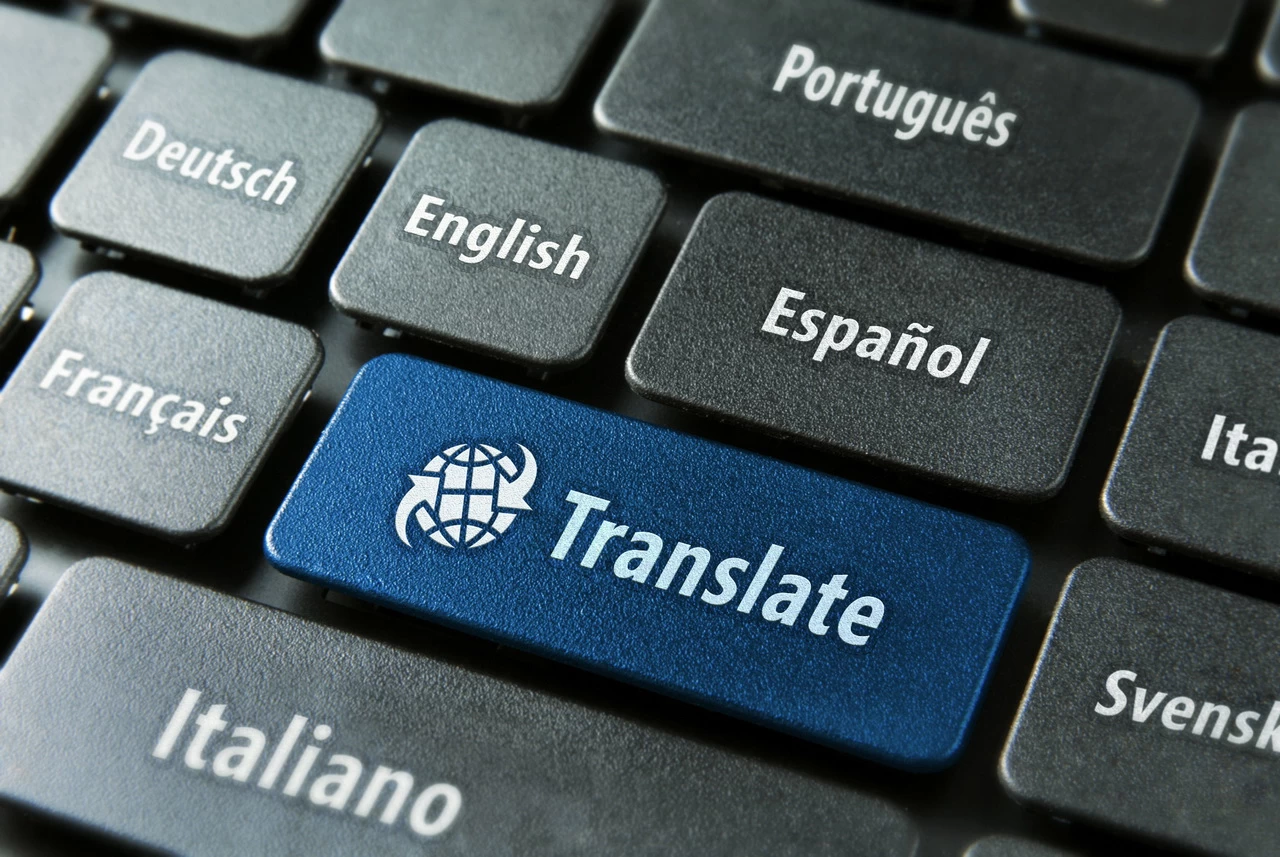In fact, computer technologies, including machine translation software, are nothing more than tools designed to facilitate the translator’s routine work, while some people and companies try to sell machine translation as a ready-to-use product.
Machines translate words
Machines are programmed to perform certain algorithms. Machine translators use human-developed cross-language algorithms to translate a range of words from one language to another using dictionaries and grammar rules.
However, translation is not just the transformation of words from one language into another. This is a much more complex process. Therefore, no matter how good the algorithm is, machines have one big drawback – they cannot understand the meaning of the text.

Machines cannot recognize errors in translation
To err is human, but what happens when the machine translation engine encounters an error in the source text? I’ll tell you – the machine translator copies this error into the target text, since it cannot distinguish the correct version from the incorrect one (this applies to semantic errors, incorrect terms, erroneous and contradictory statements, etc.).
Some machine translators can handle the most common typos. On the other hand, human translators can find and correct such errors during translation.
Programs do not convey emotions
Emotionally charged texts (for example, marketing and promotional materials) require a special approach called “transcreation”. Translators need to find a suitable equivalent in the target language, and sometimes even radically rebuild an entire sentence, paragraph or text using words that are not in the source text in order to get the right response from the target audience.
In this case, translators must choose the words and constructions inherent in a particular language and culture. To do this, linguists must have a deep understanding of both languages (source and target) and cultures. As you may have guessed, machine translation engines cannot and probably never will be able to do this.
Even statistical methods applied in machine translation, given the availability of relatively well-translated bilingual texts, will not solve this problem, since the number of possible contextual conditions is literally infinite, while statistical models applied to languages will predict only a pitiful fraction of such cases.
Cannot use translation transformations
There are a number of specific translation transformations used by linguists when translating (the number varies depending on the linguistic school and theories). They cover various aspects, from grammar and syntax to vocabulary and semantics.
Such transformations are used in accordance with the context, and their correct application is the result of intellectual work and in-depth analysis of the text.
Artificial intelligence in its current form is not capable of such transformations, since complex cross-language processes with numerous variables cannot be expressed through programmed algorithms.
Differences between homonyms
As you know, homonyms are words that are the same in spelling and sound, but different in meaning.
As a rule, we understand the meaning from the context or even intuitively thanks to the linguistic sense. Machine translators can distinguish between some simple homonyms. However, the probability of error increases significantly due to interlingual homonyms – “false friends of the translator”.

Lacunas are words that exist in some languages but do not have direct counterparts in other languages. This term is closely related to the cultural identity and local features of the language. Gaps should be translated either by transliteration with a footnote explanation, or by combining words or phrases that can be understood by the target audience without distorting the meaning of the original.
New terms
Nowadays, new technologies appear almost every month. New processes often use terms that did not exist before. Blockchain is a good example of such a technology. Due to globalization, content related to such technologies must be translated into several languages.
It is a difficult and very important task to correctly translate new terms, taking into account all the industry specifics of the new technology.
Machines are unlikely to be able to translate new words, as this job requires careful analysis of innovations, study of source materials, and finally rethinking of a new term in another language, often requiring creativity even for technical concepts.
Sometimes the meaning of a word can only be understood from the context. The interpretation may be contained in the next paragraph, in a few sentences scattered throughout the text, or even in another document used as a reference. Machines cannot see the connection between such words and all text, at least at this stage.
The ability to use the expressive means of language, combine words, and invent beautiful metaphors to evoke strong emotions is a rare gift, and in some cases the result of hard work on the text.
Only outstanding authors can use the true power of words that will touch readers to the core, and only outstanding translators are able to recreate the same effect in another language. Even if machines can replace humans in some areas, literary translation will remain the exclusive prerogative of the best human translators for decades or even centuries.
